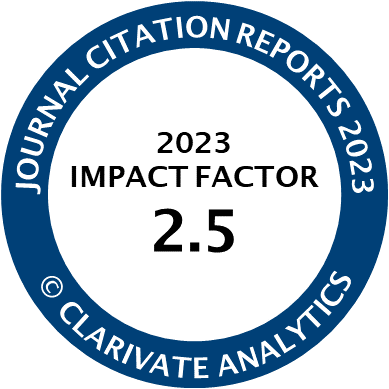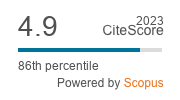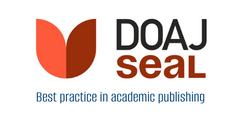Article | Open Access
No Way Back? ECB’s Forward Guidance and Policy Normalisation
| Views: | 714 | | | Downloads: | 717 |
Abstract: This article (a) analyses forward guidance by the European Central Bank (ECB) and its role in the “normalisation” of the ECB’s monetary policy, and (b) assesses whether communication under the new ECB’s “meeting-by-meeting and data-dependent” approach has the potential to increase trust in the ECB and to steer financial markets in the intended direction. By communicating its future policy intentions (forward guidance), a central bank can tighten the gears between the short-term policy rate that it controls and the interest rates that influence economic behaviour. The ECB’s forward guidance steered financial markets in the desired direction and, in combination with other unconventional policies, probably helped to raise inflation when it was below target. However, forward guidance constrained the central bank’s ability to decide to end asset purchases and raise policy rates once inflation had risen above target. Furthermore, the ECB’s forward guidance was formulated in terms of inflation forecasts. As these forecasts seriously underestimated inflation, the ECB reacted too late to the inflation hike, undermining trust in the central bank. Trust is important because the inflation expectations of people who trust the central bank tend to be closer to the central bank’s inflation target. Communication under its current “meeting-by-meeting and data-dependent” approach can steer financial markets in the intended direction. It may also be easier for the public to digest than forward guidance. However, recent research questions whether it will increase trust in the ECB. The best way to regain trust is probably to bring inflation back to target.
Keywords: central bank communication; European Central Bank; forward guidance; trust
Published:
© Jakob de Haan. This is an open access article distributed under the terms of the Creative Commons Attribution 4.0 license (http://creativecommons.org/licenses/by/4.0), which permits any use, distribution, and reproduction of the work without further permission provided the original author(s) and source are credited.




